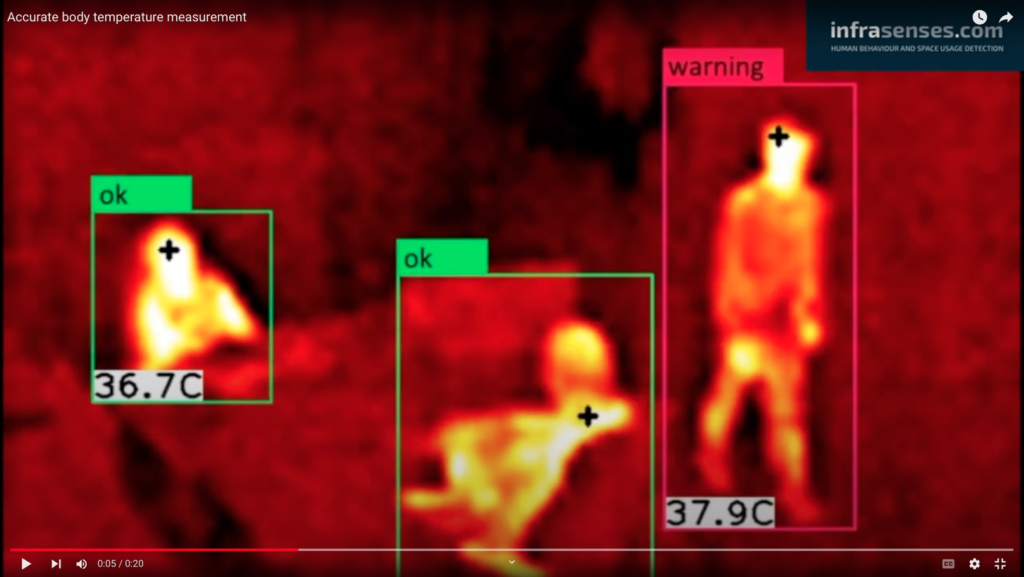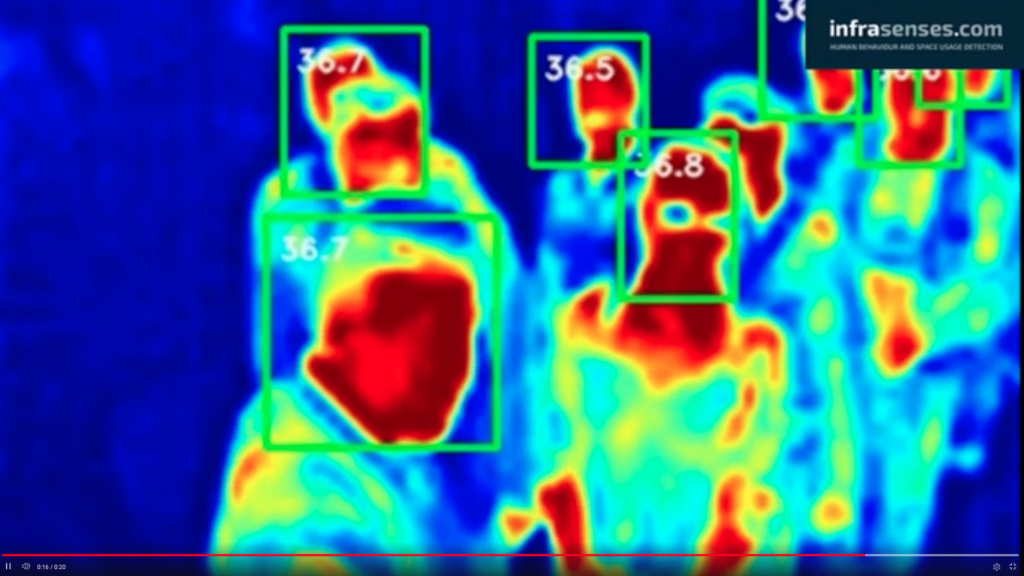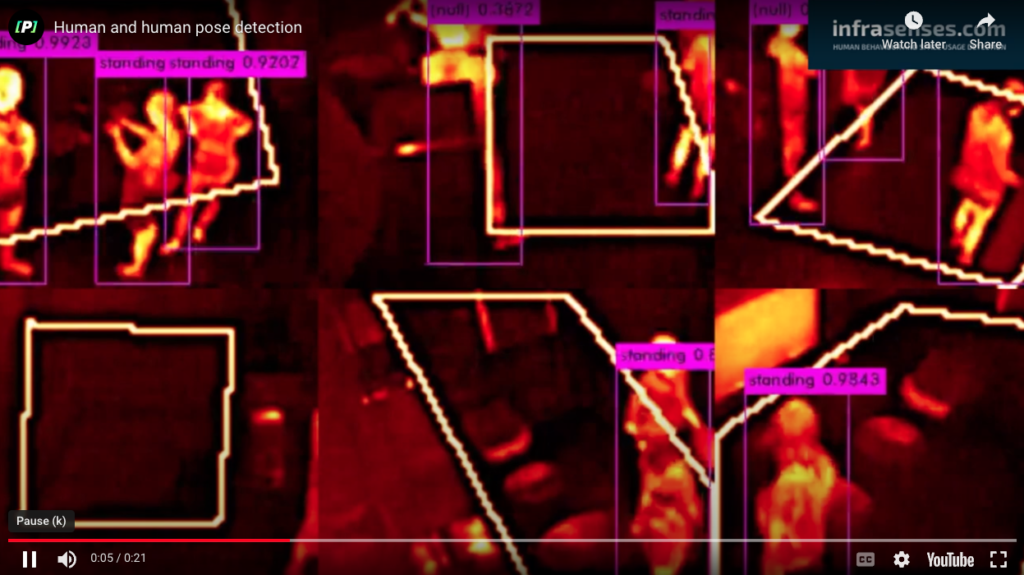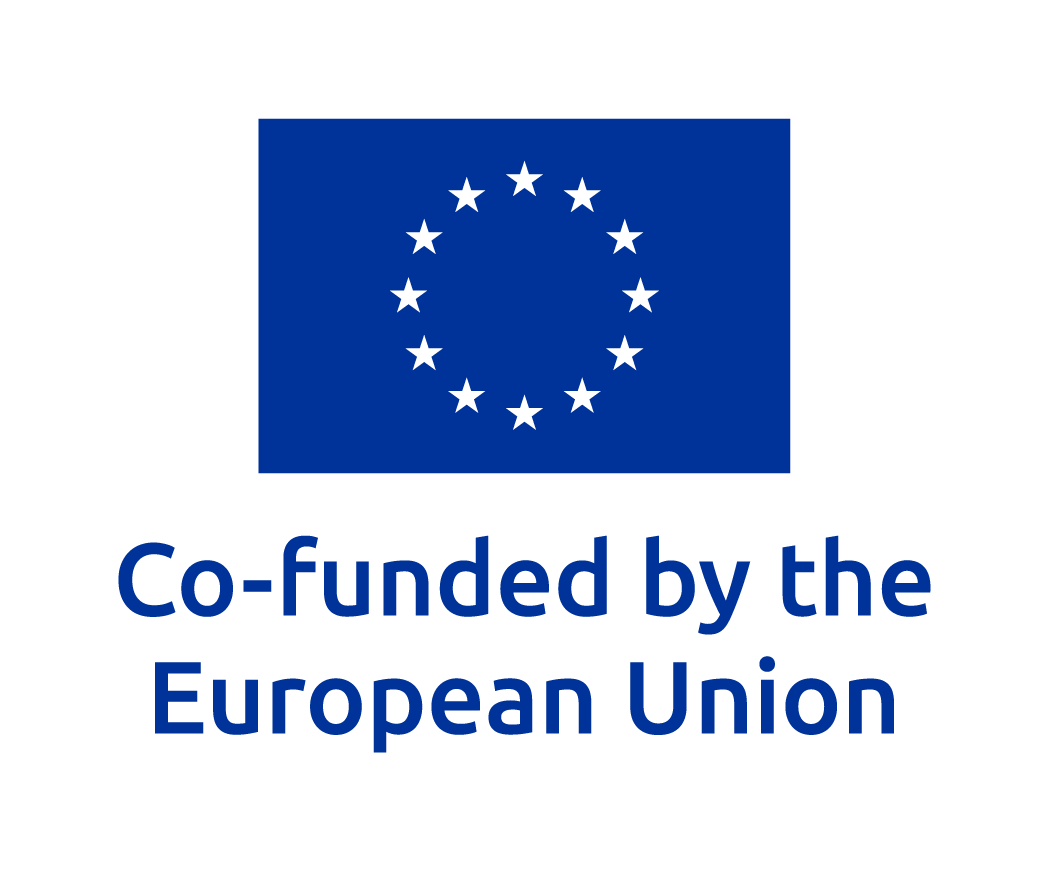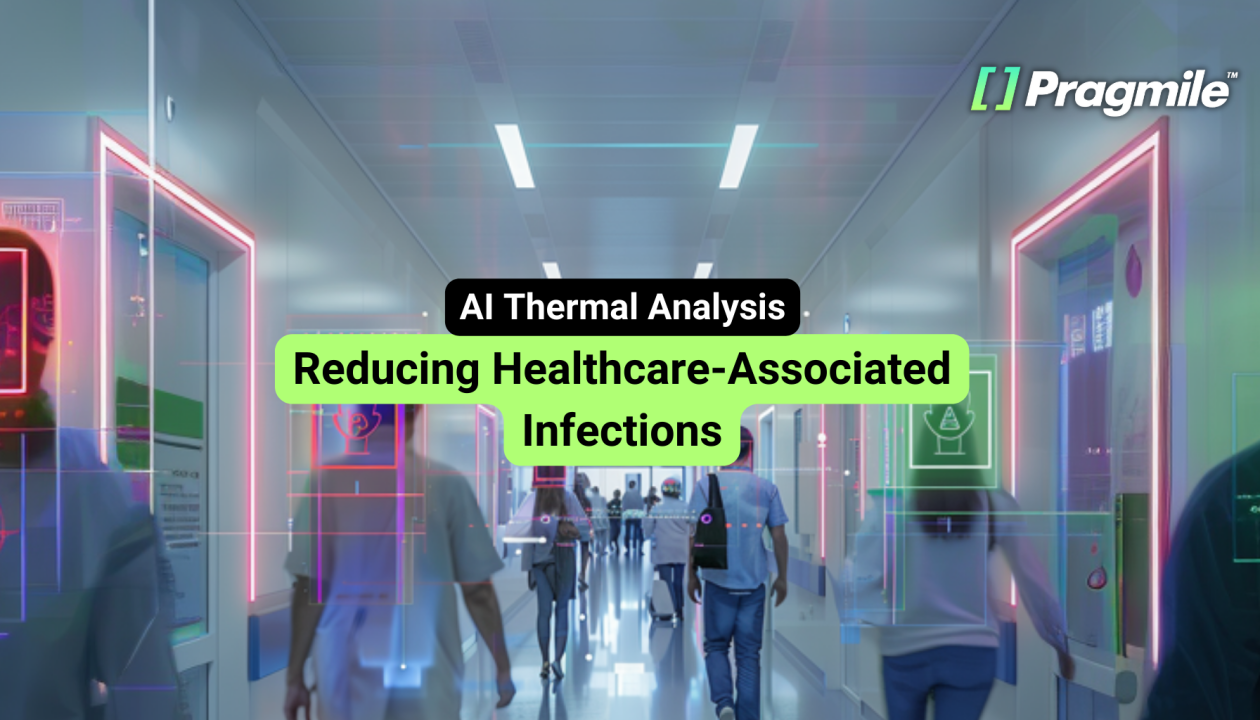
Date published: July 24, 2024
AI Thermal Tech: A New Solution for Reducing Healthcare-Associated Infections
Healthcare-associated infections (HCAIs), such as MRSA, C. difficile, and surgical site infections, pose significant risks to patients, staff, and visitors. Constant monitoring for fever and the strategic use of digital wellness boundaries, powered by advanced technologies, offer a powerful new solution in infection control, capable of drastically reducing the spread of infections in clinics and hospitals.
The Problem: The Enduring Challenge of HCAIs
According to the OECD, healthcare-associated infections (HAIs) are the most deadly and costly adverse events in healthcare settings, consuming up to 6% of public hospital budgets. This results in substantial additional costs due to prolonged hospital stays and the need for extra treatments for infected patients.
The annual direct medical costs of HAI to U.S. hospitals range from $28.4 to $33.8 billion. These infections are acquired by patients during their stay in healthcare facilities and are often caused by pathogens such as bacteria, viruses, fungi, or parasites. Common examples include Methicillin-resistant Staphylococcus aureus (MRSA), Clostridium difficile (C. difficile), and surgical site infections.
Infections can spread through various routes, including direct contact, airborne particles, contaminated surfaces, and medical instruments. This multifaceted transmission makes controlling the spread of HCAIs particularly challenging. The consequences of these infections are severe, leading to increased morbidity, extended hospital stays, and significantly higher healthcare costs. Estimates indicate that HCAIs account for billions of dollars in additional healthcare expenses annually and contribute to thousands of deaths worldwide each year.
A New Era of Infection Control: Constant Monitoring and Digital Wellness Boundaries
Constant Monitoring for Fever
Fever often serves as an early indicator of infection. Real-time monitoring of body temperature allows for the early detection and isolation of potentially infected individuals, acting as a critical early warning system. This approach is particularly valuable in preventing outbreaks of contagious diseases within healthcare facilities.
Technologies such as infrared cameras, electronic thermometers, and continuous monitoring systems enable healthcare providers to track body temperature constantly and remotely. These technologies provide a non-invasive and efficient means of monitoring patients and visitors, ensuring that any signs of fever are promptly detected and addressed.
Digital Wellness Boundaries
Digital wellness boundaries, using electronic signals, create invisible boundaries to control access to designated areas and monitor the movement of patients and visitors. This concept is increasingly being applied in healthcare settings to enhance infection control measures.
In healthcare facilities, digital wellness boundaries can play a crucial role in creating quarantine zones, restricting access to high-risk areas, and ensuring that only authorized personnel enter sensitive zones. By implementing these digital boundaries, healthcare providers can better manage the flow of people within the facility, thereby reducing the risk of infection spread and enhancing overall security and safety protocols.
AI-Powered Thermal Analysis in Infection Control
Real-Time Surveillance and Early Detection
AI-driven thermal analytics enable real-time surveillance of body temperatures, allowing for the early detection of fever, which is a common symptom of many infections. This early detection is crucial for isolating infected individuals and preventing the spread of infections. AI technologies like Infrasenses are revolutionizing infection prevention strategies in hospitals by providing real-time surveillance, predictive analytics, and targeted control plans.
Predictive Analytics and Risk Stratification
AI technologies can analyze patterns and predict the likelihood of infections, such as ventilator-associated pneumonia or central-line associated bloodstream infections. These predictive models help in implementing targeted infection control measures and reducing the incidence of healthcare-associated infections (HAIs). By leveraging AI for predictive analytics, healthcare providers can proactively address potential infection risks, improving patient outcomes and resource allocation.
Enhanced Infection Management in ICUs
In intensive care units (ICUs), AI-powered thermal analysis can monitor patients continuously, providing data-driven insights for infection management. This includes predicting the occurrence of infections and optimizing antimicrobial therapy, which is critical for patient survival and reducing antimicrobial resistance. AI’s role in ICUs is pivotal, as it enables the continuous assessment of patient health and early intervention in case of infection.
Integration with Digital Wellness Boundaries
AI-powered thermal analysis can be integrated with digital wellness boundaries to create controlled zones within healthcare facilities. This integration helps in monitoring and restricting the movement of patients and visitors, thereby reducing the risk of infection spread. Digital wellness boundaries powered by AI provide a dynamic and adaptable approach to managing healthcare environments, enhancing both security and infection control measures.
Introducing Infrasenses: AI-Powered Thermal Analysis for Enhanced Infection Control
Developed by Pragmile, Infrasenses represents a cutting-edge solution that combines proprietary deep-learning models with thermal video and image recognition to monitor human behavior and ensure safety.
Key Capabilities of Infrasenses
Human Detection and Pose Detection
Infrasenses accurately detects and locates individuals, differentiating them from other objects or animals, and tracks changes in their positions, such as standing or sitting, providing valuable insights into patient activity.
Accurate Body Temperature Measurements
The technology provides remote, contactless, and real-time body temperature measurements, enabling efficient screening of large crowds with speed and accuracy.
High Throughput
Infrasenses can track and analyze data from over 300 people per minute, making it ideally suited for monitoring large numbers of patients and visitors in busy healthcare facilities.
Privacy and Data Protection
Crucially, Infrasenses ensures full privacy and personal data protection through low-resolution thermal imaging that preserves anonymity, a vital consideration in healthcare settings in line with the new European AI Act.
How Infrasenses Reimagines Infection Control
Fever Monitoring
Infrasenses’ highly accurate body temperature measurement capabilities can be leveraged to continuously monitor patients and visitors for fever, a key early indicator of potential infection. By integrating this technology into existing healthcare workflows, facilities can ensure that any signs of fever are immediately detected, allowing for swift isolation and treatment of affected individuals.
Digital Wellness Boundaries
The technology seamlessly implements digital wellness boundaries to manage access and movement within healthcare facilities. This enables the creation of dynamic quarantine zones, restricting access to high-risk areas, and enhancing overall security measures. By controlling the flow of people within the facility, Infrasenses can help to minimize the risk of infection spread and ensures that healthcare environments remain safe for patients, staff, and visitors.
The Benefits of Infrasenses for Healthcare Institutions
Improved Infection Control
By enabling continuous body temperature monitoring and precise movement control, Infrasenses can provide healthcare facilities with powerful tools to reduce the spread of infections.
Enhanced Patient Safety
Early detection of fever, falls, and other dangerous situations through Infrasenses can allow for rapid intervention, potentially leading to better patient outcomes.
Cost Savings
By reducing the incidence of HCAIs, Infrasenses can contribute to shorter hospital stays and lower overall healthcare costs, a significant benefit for healthcare institutions.
Conclusion
Infection control remains a persistent challenge within healthcare. Constant monitoring for fever and the innovative use of digital wellness boundaries, powered by advanced technologies like Infrasenses, offer a transformative solution. Healthcare institutions are urged to explore and adopt innovative technologies like Pragmile’s Infrasenses to elevate their infection
Schedule a free consultation with
our AI and technology experts
Take advantage of the latest AI solutions, tailored to your company's needs. Book a consultation with AI solution architects at Pragmile and discover new opportunities in energy management.
Please, provide your business email to schedule a meeting
